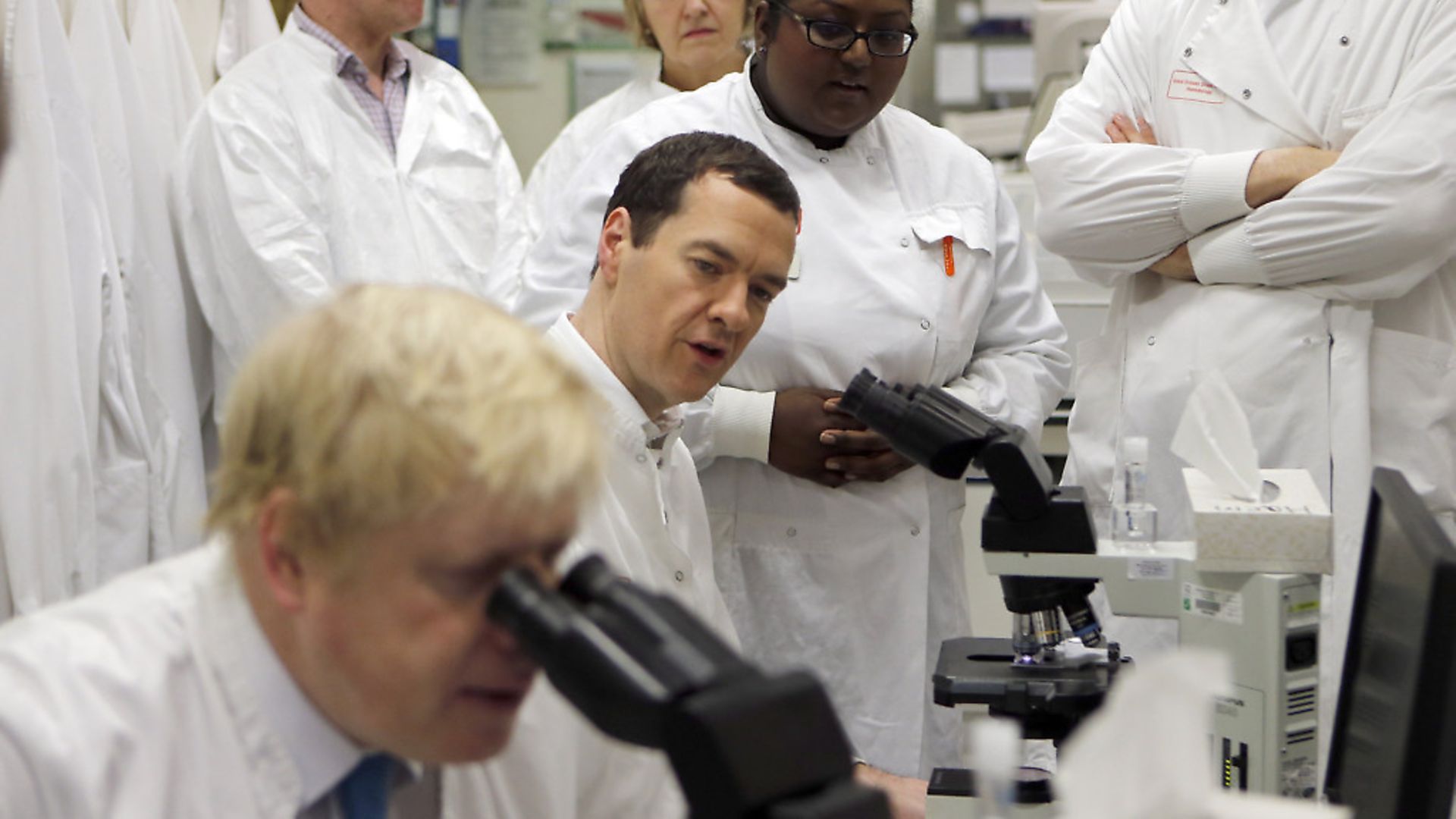
Boris Johnson’s claims that the UK is ‘on the verge of creating commercially viable miniature fusion reactors for sale around the world’ has left scientists and industry experts baffled – as it is still decades off.
During his big conference speech Johnson trumpeted the technological achievements of British science, telling the audience: “I know they have been on the verge for some time, it is a pretty spacious kind of verge, but now we are on the verge of the verge.” But this left those familiar with the UK’s fusion programme nonplussed.
The Joint European Torus (JET) fusion facility in Oxfordshire is certainly close to the verge. Following the government’s notification to leave the European Atomic Energy Community (Euratom) after Brexit, as part of the Article 50 process, the European Union and the UK Atomic Energy Authority committed to a €100-million package to fund the reactor only until 2020.
JET is a Europe-wide facility located in Culham in Oxfordshire. It is collectively used by all European fusion laboratories under the EUROfusion consortium.
The Culham Centre is currently working on experiments to help build a bigger fusion facility, the International Thermonuclear Experimental Reactor (ITER) in southern France. The UK is a partner in the development of ITER, but the France-based plant does not plan to achieve first plasma until 2025 and full fusion power until 2035.
Johnson’s claims about the imminent commercialisation of nuclear fusion by British scientists has left experts scratching their heads. The day after the prime minister’s speech, the government announced £220 million over the next four years towards the design of a future commercially viable fusion power station.
The design of the new facility, to be known as the Spherical Tokamak for Energy Production (STEP) will not be complete until 2024. Industry experts believe that while the UK’s tokamak experiments in fusion have led to breakthroughs in the field, all eyes are on ITER as the first viable fusion power plant, and thereafter to China which is expected to build a scaled-up version of ITER and drive down the cost for successful commercialisation.
Speaking to Research Fortnight magazine, Jim Watson, director of the UK Energy Research Centre at University College London said, “the implication that fusion is ‘on the verge’ of providing a lot of energy for us is wrong. As many people have pointed out—even the fusion programme’s own website—it is several decades away.”
The magazine also quoted Arttu Rajantie, a theoretical physicist at Imperial College London, who said, “Johnson’s speech completely missed the point about why Culham and the UK have a global lead in fusion research,” the project would “not be there without European collaboration”.
“Big science projects like this are only possible if scientists from different countries work together. Even if the UK could somehow replace the lost European funding—which I doubt—it would never be able to replace the benefits of European collaboration if it decides to go it alone,” he said.










